Review of Qur’anic Research, Vol. 8 no.5 (2022)
In the latest installment of the Review of Qur’anic Research (Vol. 8, no.5), Joseph E. Lowry (University of Pennsylvania) reviews Structural Dividers in the Qur’an edited by Marianna Klar (Abingdon: Routledge, 2021).
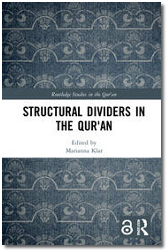 In the review, Lowry writes “More recent efforts in Western scholarship have looked anew at the Qurʾān’s literary structures with both curiosity about and appreciation for their aesthetic, communicative, and compositional dimensions. But the new approaches to form and structure are themselves highly varied and align with some larger tendencies in the field of qurʾānic studies in the West. The editor of the volume under review, Marianna Klar, has offered her own clear-eyed assessment of some recent approaches to the study of qurʾānic structures in two important articles in the Journal of Qur’anic Studies, in which she argued, among other things, that the drive to detect macro- and microsymmetries has led some interpreters to ignore obvious thematic dimensions of the sūrahs they investigate. This is all to say that the edited volume under review, Structural Dividers in the Qur’an (SDIQ), is a timely and welcome—and enlightening—contribution to debates about the Qurʾān’s literary form and how it should be studied…”
In the review, Lowry writes “More recent efforts in Western scholarship have looked anew at the Qurʾān’s literary structures with both curiosity about and appreciation for their aesthetic, communicative, and compositional dimensions. But the new approaches to form and structure are themselves highly varied and align with some larger tendencies in the field of qurʾānic studies in the West. The editor of the volume under review, Marianna Klar, has offered her own clear-eyed assessment of some recent approaches to the study of qurʾānic structures in two important articles in the Journal of Qur’anic Studies, in which she argued, among other things, that the drive to detect macro- and microsymmetries has led some interpreters to ignore obvious thematic dimensions of the sūrahs they investigate. This is all to say that the edited volume under review, Structural Dividers in the Qur’an (SDIQ), is a timely and welcome—and enlightening—contribution to debates about the Qurʾān’s literary form and how it should be studied…”
Want to read more? For full access to the Review of Qur’anic Research (RQR), members can log in HERE. Not an IQSA member? Join today to enjoy RQR and additional member benefits!
© International Qur’anic Studies Association, 2022. All rights reserved.
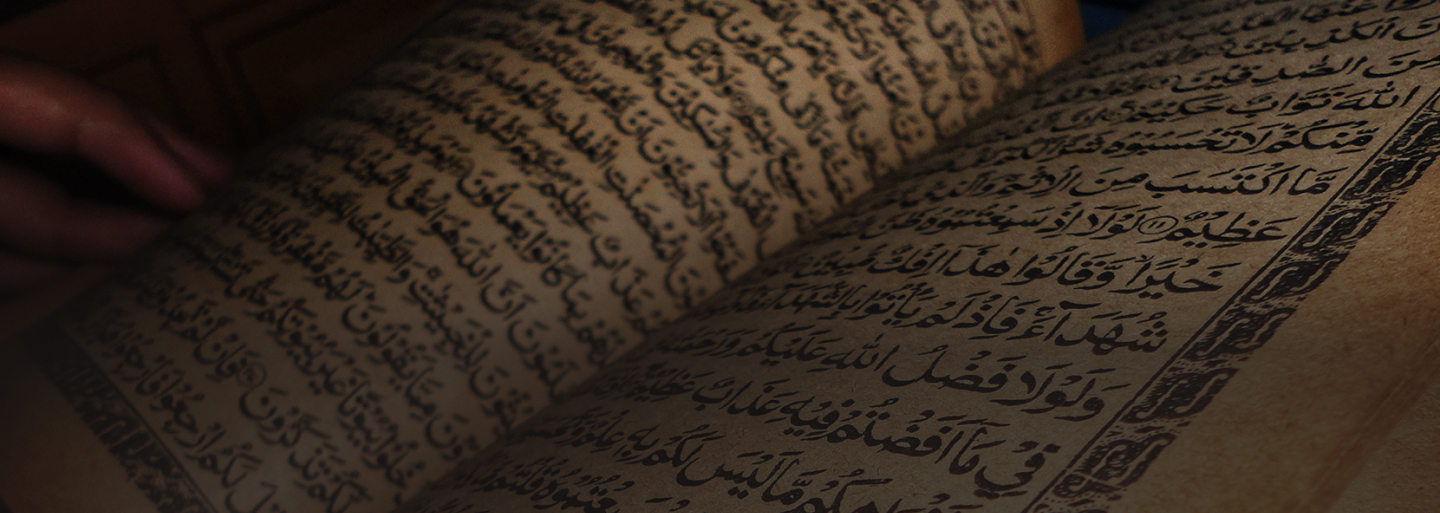
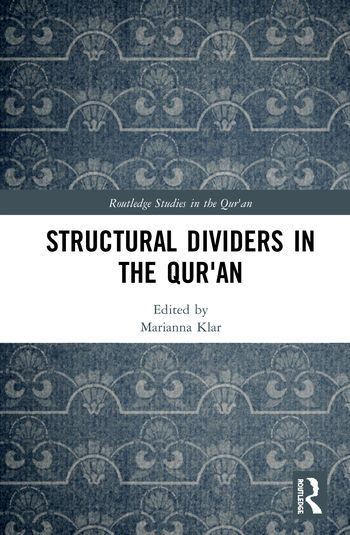
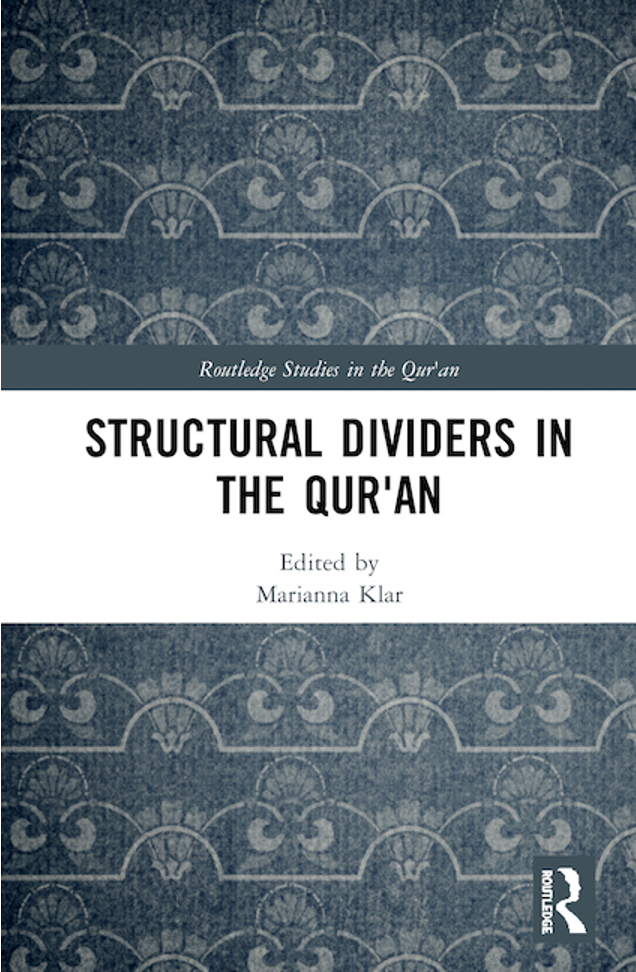 Publisher’s Overview:
Publisher’s Overview: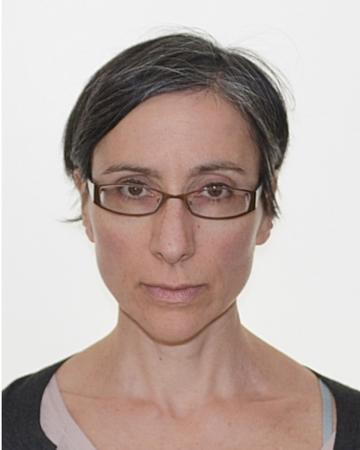 About the author:
About the author: